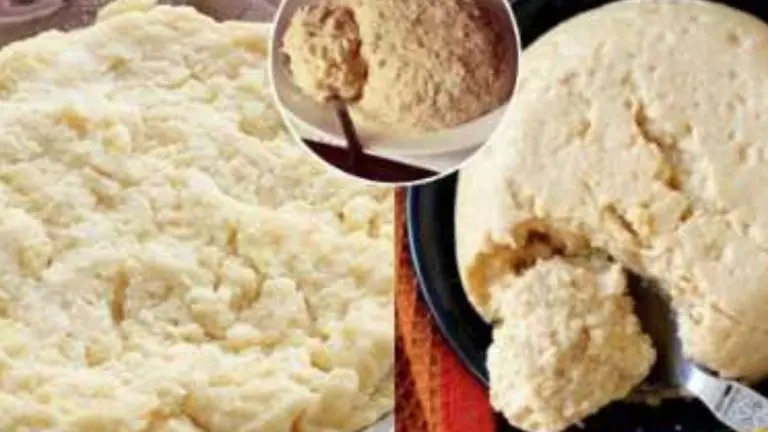Bhopal: If you buy Mao or sweets made from it from the market during festivals, then be careful because there is no guarantee of its purity. It may be made from non-standard or adulterated mawa. Actually, 10 months ago i.e. from January till now, the Food Safety Administration staff had seized 100 quintals of Mao. These mawa were brought to Bhopal from Bhind, Morena and Gwalior. Upon investigation, 70 percent of the beans were found to be substandard and adulterated.
The business of adulterated mawa has been going on for a long time in Gwalior and Chambal areas. Its demand increases during the festive season. Such entrepreneurs book tickets in fake names and send substandard goods to Bhopal by trucks and trains. In such a situation, the Food Department is not able to reach the real culprit of the dubious Mawa business.
According to officials, the mawa of Gwalior-Morena is more harmful for health. Entrepreneurs extract fat from the mouth for profit. Add palm oil or other oil instead. Due to low fat content and addition of other substances, Mavo has been found to be inferior in taste.
This is how the Holy Mother can be identified
- Iodine: Mix some mallow in a bowl of warm water and then add a few drops of iodine. If the color of mawa turns blue, it means that starch has been added to it.
- Rub: Rub the mawa on the palms, if ghee comes out of it then the mawa is real. When fake mawa is rubbed, it smells chemical.
- dirt: When real mawa is smelled, it smells like milk. Not fake, but edible.
- Taste: Real mawa does not stick to the mouth when eaten and its taste is like raw milk. Also, fake Mao sticks in the mouth.
- Add to water: When adulterated mawa is put in water, it breaks, whereas real mawa gets diluted and mixes with water.
- Make the pill: Take the pulp in your hands and make small balls. If the core starts bursting or the bullet starts exploding then understand that adulteration has taken place.
 look news india
look news india
